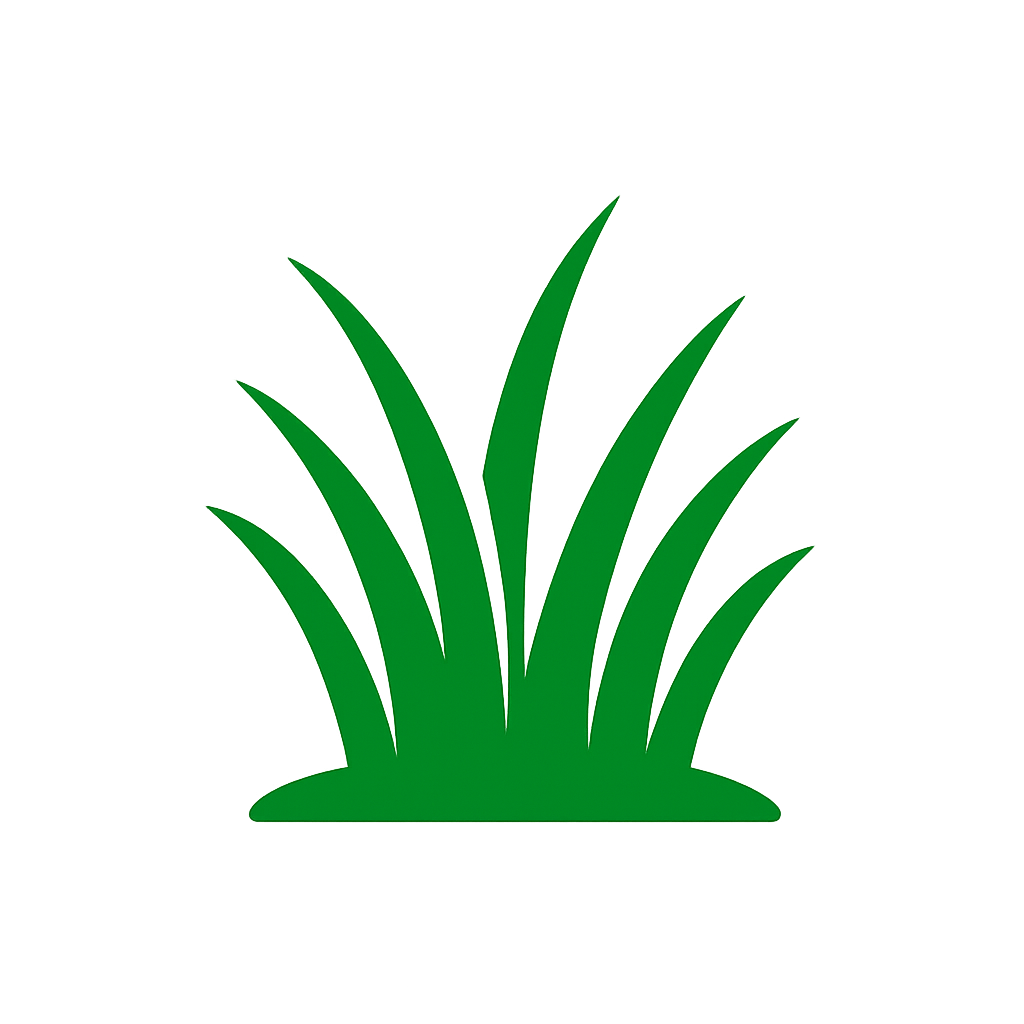Your lawn doesn’t take a break, and neither should your lawn care routine. While the tasks shift with the seasons, every part of the year plays a vital role in how your grass looks, feels, and grows. Whether you’re chasing that lush green look or just trying to keep weeds from taking over, following a seasonal plan will help you stay ahead.
Here’s a full breakdown of what your lawn needs in spring, summer, fall, and winter to stay thick, healthy, and ready for whatever comes next.
SPRING: Wake-Up Call for Your Lawn
Spring is the time to set the tone for the entire year. As your grass wakes up from winter dormancy, it needs a strong foundation to fuel healthy growth.
Checklist:
- Rake and Remove Debris
Clear out any leftover leaves, sticks, and thatch. This improves air circulation and helps prevent mold and disease. - Test Your Soil
A soil test can tell you if your lawn is low on nutrients or pH-balanced. It’s a small step that makes a big impact. - Aerate If Needed
If your lawn feels compacted or didn’t grow well last year, consider aerating. This allows water, oxygen, and nutrients to reach the roots more easily. - Apply Pre-Emergent Herbicide
Stop weeds like crabgrass before they start. A pre-emergent herbicide in early spring is key. - Overseed Bare Spots
If you’ve got patchy areas, this is a great time to lay down some new seed. - Fertilize Lightly
Choose a slow-release, nitrogen-rich fertilizer to give your lawn a healthy kickstart without overfeeding. - Tune Up Your Mower
Sharpen the blade, change the oil, and check the air filter. A sharp blade is critical for clean cuts.
SUMMER: Survive the Heat
Summer lawn care is all about maintenance and protecting your grass from heat stress and drought. This is not the time for aggressive lawn work — it’s about supporting what you’ve already built.
Checklist:
- Water Smartly
Water deeply and infrequently. About 1 inch per week (including rainfall) is ideal. Water early in the morning to reduce evaporation. - Mow High and Often
Keep your mower blade set to a higher level (around 3 inches). Taller grass shades the soil and reduces water loss. - Control Weeds as Needed
Spot-treat visible weeds with post-emergent herbicides. Avoid applying fertilizer or weed killer during extreme heat. - Check for Pests
If you see dead patches or unusual yellowing, you might have grubs or chinch bugs. Early detection is key. - Mulch Clippings
Leave grass clippings on the lawn when you mow. They return valuable nutrients to the soil.
FALL: Set the Stage for Next Year
Fall is the secret weapon of serious lawn lovers. It’s the best time for overseeding, fertilizing, and fixing any damage from summer stress. The work you put in now pays off massively in spring.
Checklist:
- Rake Leaves Promptly
Don’t let fallen leaves smother your lawn. Rake regularly or mulch them with your mower. - Overseed for Density
Spread seed over thin or bare areas. Fall temperatures are perfect for germination, especially for cool-season grasses. - Core Aerate Again (If Needed)
If your lawn still feels compacted or you skipped spring aeration, do it now before seeding. - Fertilize for Root Growth
Use a high-phosphorus fertilizer in early fall to encourage root development and winter hardiness. - Apply Post-Emergent Herbicide
Kill off remaining broadleaf weeds before they go dormant. - Keep Mowing
Continue mowing as long as the grass is growing, but gradually lower the blade height in the final few mows.
WINTER: Rest and Observe
Winter doesn’t require much action, but your lawn still needs a little attention to avoid damage.
Checklist:
- Avoid Lawn Traffic
Frozen grass is brittle and easily damaged. Try not to walk or park on the lawn during cold months. - Keep Debris Clear
Remove fallen branches, toys, or heavy objects that could block light and airflow. - Plan for Spring
Reflect on what worked and what didn’t. Order seed, fertilizer, and tools early before the spring rush. - Watch for Snow Mold
In colder regions, snow mold can show up when snow melts. If you see it, gently rake out the affected area once the lawn dries out.
Bonus Tips for Every Season
- Stay Sharp
Keep your mower blade sharp year-round. Dull blades tear the grass and make it more susceptible to disease. - Know Your Grass Type
Cool-season and warm-season grasses have different needs. Understanding your turf is half the battle. - Track It
Use a calendar or lawn journal to track treatments, fertilizing dates, and weather patterns.
Final Thoughts
Lawn care doesn’t have to be overwhelming. When you break it down by season and tackle the right tasks at the right time, you’ll not only make your lawn look great — you’ll save time, money, and energy in the long run.
Bookmark this guide, print it out, or save it to your phone. Then check back with Lawn-Blog.com for product recommendations, deep dives on each of these tasks, and weekly tips to keep your grass in top shape.
Got a question about your lawn or a topic you’d like us to cover? Reach out anytime — we’re here to help your grass grow greener.




